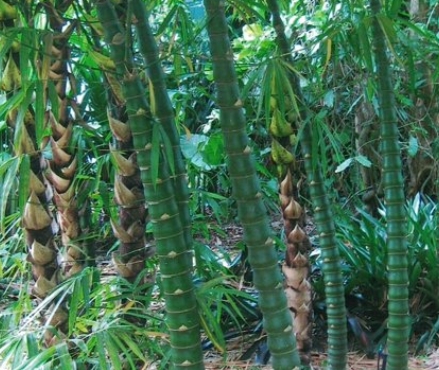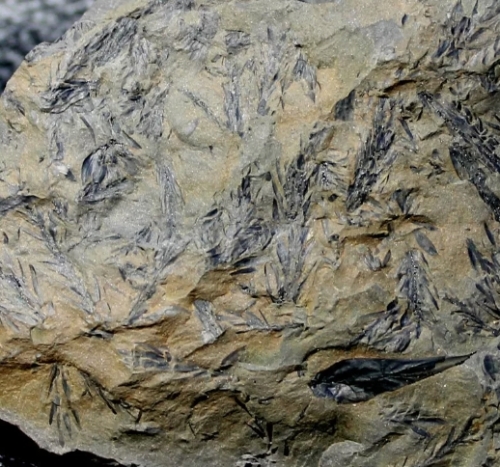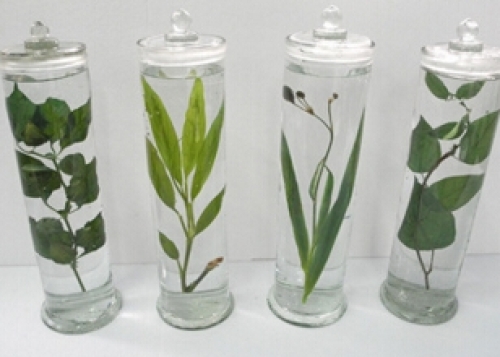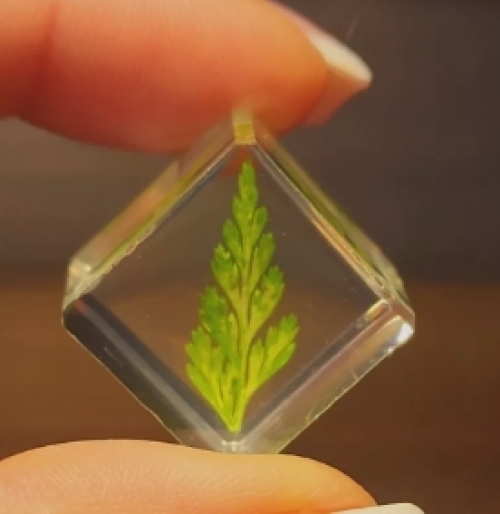Plant specimens, as a part of nature, are rich in scientific and aesthetic value. Taxidermy not only helps us understand the diversity of plants, it also inspires a deep appreciation for nature. The process of taxidermy includes collection, drying, pressing and preservation, and each step requires meticulous skill and patience.
Botanical specimens have a long history dating back to the botanical Revolution of the 17th century. Early plant specimens are not only used for scientific research, but are often displayed as works of art. With the development of science and technology, modern plant specimens not only have scientific research value, but also become a powerful tool for education and environmental protection. They help botanists study plant classification, ecology, and plant evolution.
The key to making plant specimens is to choose healthy plant samples and avoid damaged or diseased parts. After collection, dry the plants quickly to prevent rot or discoloration. The dried plants are then pressed and carefully secured to specimen paper. Finally, specimens need to be stored under suitable conditions to ensure their long-term stability and ornamental value.
Plant specimens are not only a scientific tool, but also the embodiment of natural aesthetics. They show the delicate structure and unique morphology of plants, allowing us to better understand and appreciate the subtleties of nature. Through taxidermy, we can not only preserve the memory of nature, but also convey a love and reverence for nature.














